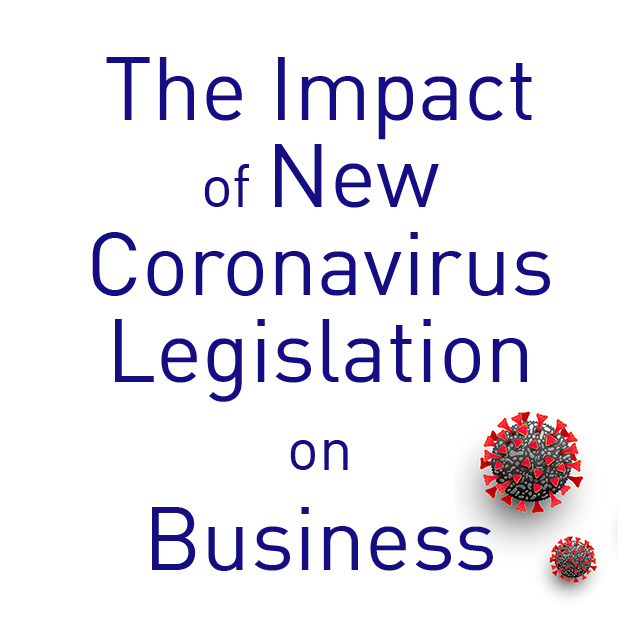Coronavirus-Related Tax Relief for the Real Estate and Agricultural Industries
Published: April 13, 2020
Through various mechanisms, the federal government has issued several forms of tax relief to real estate and agricultural businesses impacted by the current COVID-19 pandemic. The majority of the tax relief was included in the Coronavirus Aid, Relief, and Economic Security Act (the “CARES Act”). However, the Internal Revenue Service has also issued guidance providing additional relief. This discussion is intended to serve as a high-level summary for professionals in the real estate and agricultural industries seeking tax relief.


